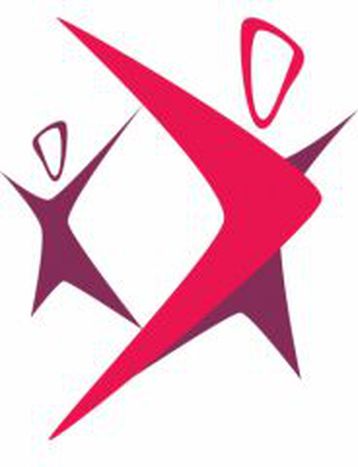
Presidential Trio meeting on active aging
Published on
By Agata On 7th of June the cultural institutes of Denmark and Poland organised a meeting which aim was to present proposals of the Council Trio (Poland, Denmark and Cyprus) for the programs promoting active aging.
2012 is the European Year of Active Aging and Solidarity between Generations, therefore the Polish, Danish and Cypriot Presidencies have tried and will try to find ways to address this issue throughout their given mandate.
Britta Thomsen, Danish MEP, Ewa Borowczyk from the Permanent Representation of Poland to the European Union and Niki Odysseos from the Permanent Representation of Cyprus discussed the complexity of this problem and outlined a set of goals facing not only the current Presidential Trio, but all the next countries that will chair the Council and will have to tackle the problem of the aging European society.
An older Europe means more challenges
The council oriented their discussion on health and pension system, life standards of retirees. Within a few years from now the European working age population will diminish, while population aged 65 and over will continue to increase. Those aged 65 years or over will account for almost 30% of the EU’s population by 2060. The EU is trying to find ways to not let this fact disturb the quality of life of people of all ages. Active aging means not only staying mentally and physically fit - it means extending the employment period, participating in society and living independently. That’s why different programmes, strategies and projects are created on the EU and national levels, aiming to facilitate age management strategies in workplaces, transfer of experience, lifelong learning, bridging the digital divide as well as creation of age-friendly environment and transport.
Dialogue, an essential element between generations
Two films were shown during the meeting; two very different views on aging presented – both true and thought provoking. Polish film ‘Drescendo’ by Marta Mironowicz is a documentary telling a story of a caretaker working in a care house for elderly. We see the ungrateful and sad side of aging – loneliness, forgetfulness, dependence and feeling of becoming a burden to others. On the other hand, deep conversations with patients, shared words of wisdom and experience – these are real life lessons for a young man starting to look for his way in life. Danish movie ‘The Good life d’Eva Mulvad’ is a story of an elderly mother and her adult daughter who lose the family business and are forced to move to the small village in Portugal where they try to lead a decent existence with a very limited amount of money. Here, we see the reversed situation – the elderly mother receives the retirement pension and takes care of her adult daughter. She is the responsible member of the family - hard working and full of concern about her grown up child who refuses to engage in any professional activity.
In both cases the dialogue between people of different generations is presented as an essential element of their fruitful coexistence. The dialogue gives young persons a chance to learn from the experience of the elderly, but also to better understand them and their problems. In return, retirees can gain knowledge of the modern, digital world by talking to the generation of their kids and grandchildren. Discussion and dialogue contributes to education of all generations and their better collaboration in life. Schools, workplaces, but also households are increasingly becoming new places of dialogue and learning from each other.
The problem of the aging society is complex, however the idea is to overcome the obstacles and minimize impairments. Instead, we should focus on opportunities for people of different ages. The change of perception and understanding that all generations are part of the society as a whole – this is our chance to experience fruitful, fulfilling and active life at any age.



